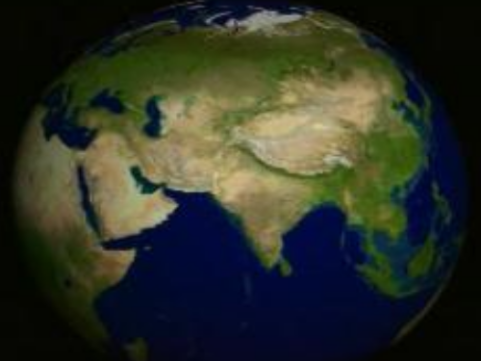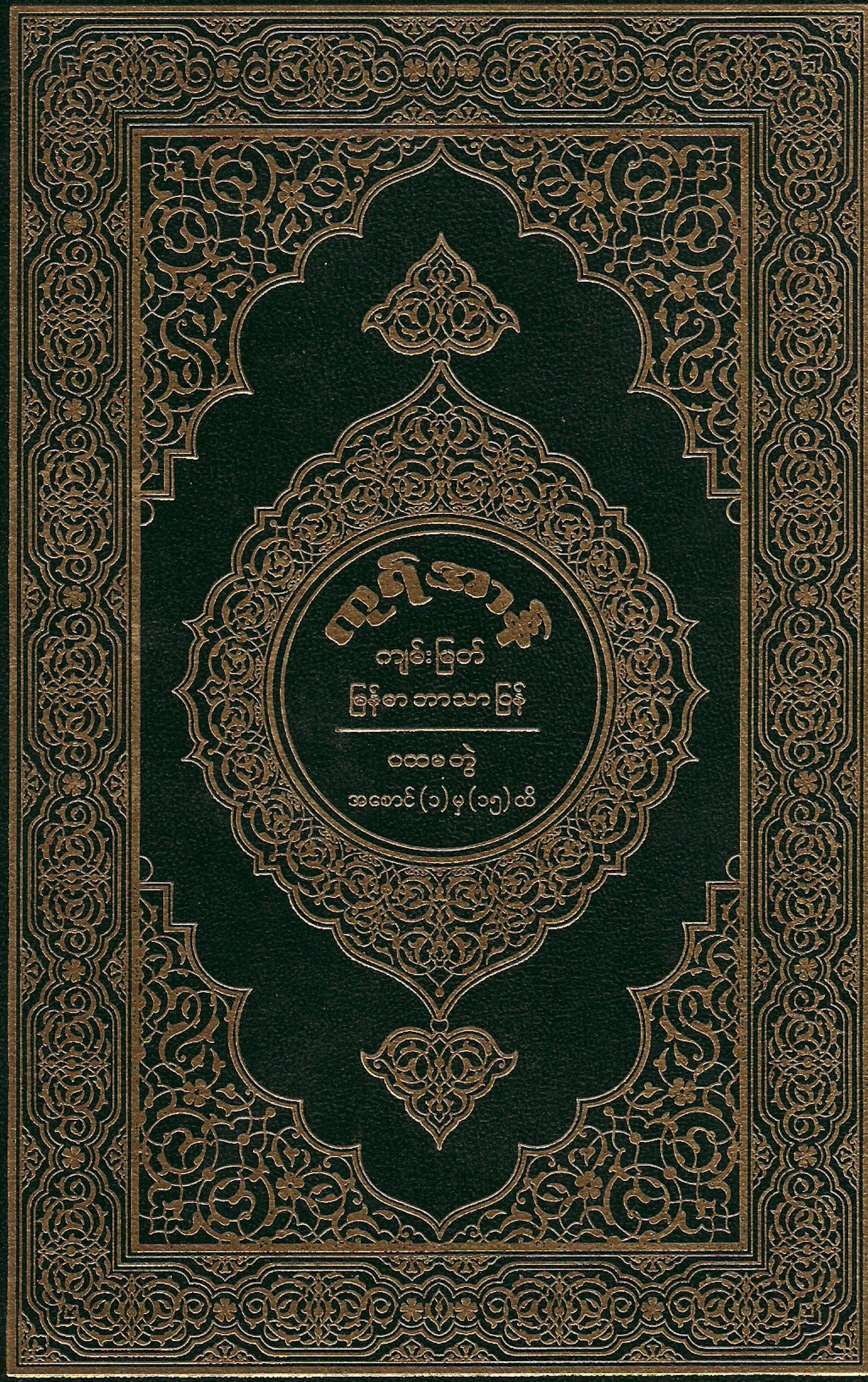Response or thoughts after Sit Mone’s New Year article
Dear Ko Sit Mone,
I liked your article and had even reprinted in my blog.
For us, Muslims, Christians and Jews, your article could resonate up into our hearts but for our brothers, Buddhist and Hindus, their concept of hell and heaven is a little bit different from us. For them, they believe that there is reincarnation and the TIME in hell or paradise is limited.
(Samsara), and produce the causes and conditions of the next rebirth after death. Each rebirth repeats this process in an involuntary cycle, which Buddhists strive to end by eradicating these causes and conditions, applying the methods laid out by the Buddha.
The concept of Liberation (Nirvana), the goal of the Buddhist path, is closely related to the correct perception of reality. In awakening to the true nature of the self and all phenomena one is liberated from the cycle of suffering (Dukkha) and involuntary rebirths (Samsara).
Anatta (Pāli) or anātman (Sanskrit) refers to the notion of “not-self”. In Indian philosophy, the concept of a self is called ātman (that is, “soul” or metaphysical self), which refers to an unchanging, permanent essence conceived by virtue of existence. This concept and the related concept of Brahman, the Vedantic monistic ideal, which was regarded as an ultimate ātman for all beings, were indispensable for mainstream Indian metaphysics, logic, and science; for all apparent things there had to be an underlying and persistent reality, akin to a Platonic form. Buddhists reject all these concepts of ātman, emphasizing not permanence, but changeability. Therefore all concepts of a substantial personal self are incorrect and formed in the realm of ignorance.
According to the scriptures, during his lifetime the Buddha remained silent when asked several metaphysical questions. These regarded issues such as whether the universe is eternal or non-eternal (or whether it is finite or infinite), the unity or separation of the body and the self, the complete inexistence of a person after nirvana and death, and others.
Each rebirth takes place within one of five realms, according to Theravadins, or six according to other schools. These are further subdivided into 31 planes of existence:
1. Naraka beings: those who live in one of many Narakas (Hells)
2. Animals: sharing some space with humans, but considered another type of life
3. Preta: Sometimes sharing some space with humans, but invisible to most people; an important variety is the hungry ghost
4. Human beings: one of the realms of rebirth in which attaining Nirvana is possible
5. Asuras: variously translated as lowly deities, demons, titans, antigods; not recognized by Theravada (Mahavihara) tradition as a separate realm.
6. Devas including Brahmas: variously translated as gods, deities, spirits, angels, or left untranslated.
But if we think of the related time difference of one day of time may be few thousand years (I am not sure of exact equation) it is quite scary to serve time of punishment there.
In Theravada Buddhism there is no divine salvation or forgiveness for one’s Karma. Some Mahayana traditions hold different views.
For example, the texts of certain Sutras (such as the Lotus Sutra, the Angulimaliya Sutra and the Nirvana Sutra) claim that reciting or merely hearing their texts can expunge great swathes of negative Karma. Similarly, the Japanese Pure Land teacher Genshin taught that Buddha Amitabha has the power to destroy the Karma that would otherwise bind one in Saṃsāra.
In Buddhism, Karma specifically refers to those actions (of body, speech, and mind) that spring from mental intent (Pāli: cetana), and which bring about a consequence (or fruit, Sanskrit: phala) or result (Pāli: vipāka).
(So it is more important to try to be good and avoid sins by onself. There is no one to depend on for salvation or forgiveness.)
But for some Mahayanas, their concept of god is similar to ours.
Some facts taken from Wikipedia
Filed under: Burma |












+(Small).jpg)


Thanks to brother San Oo Aung for very lengthy, but interesting comment that enlighten the knowledge about different faiths.
Thanks again for reproducing my post and Happy New Year.
Sit Mone